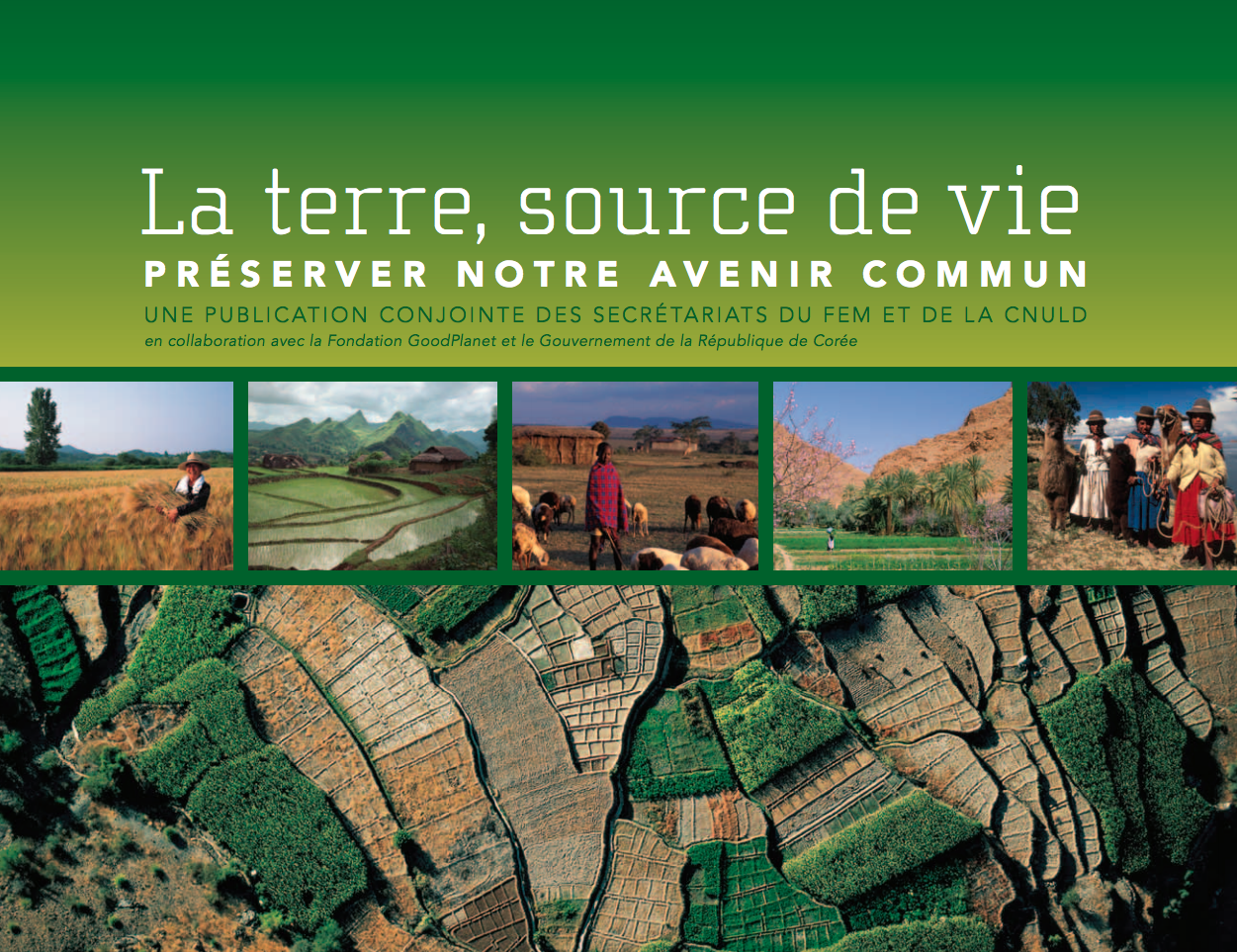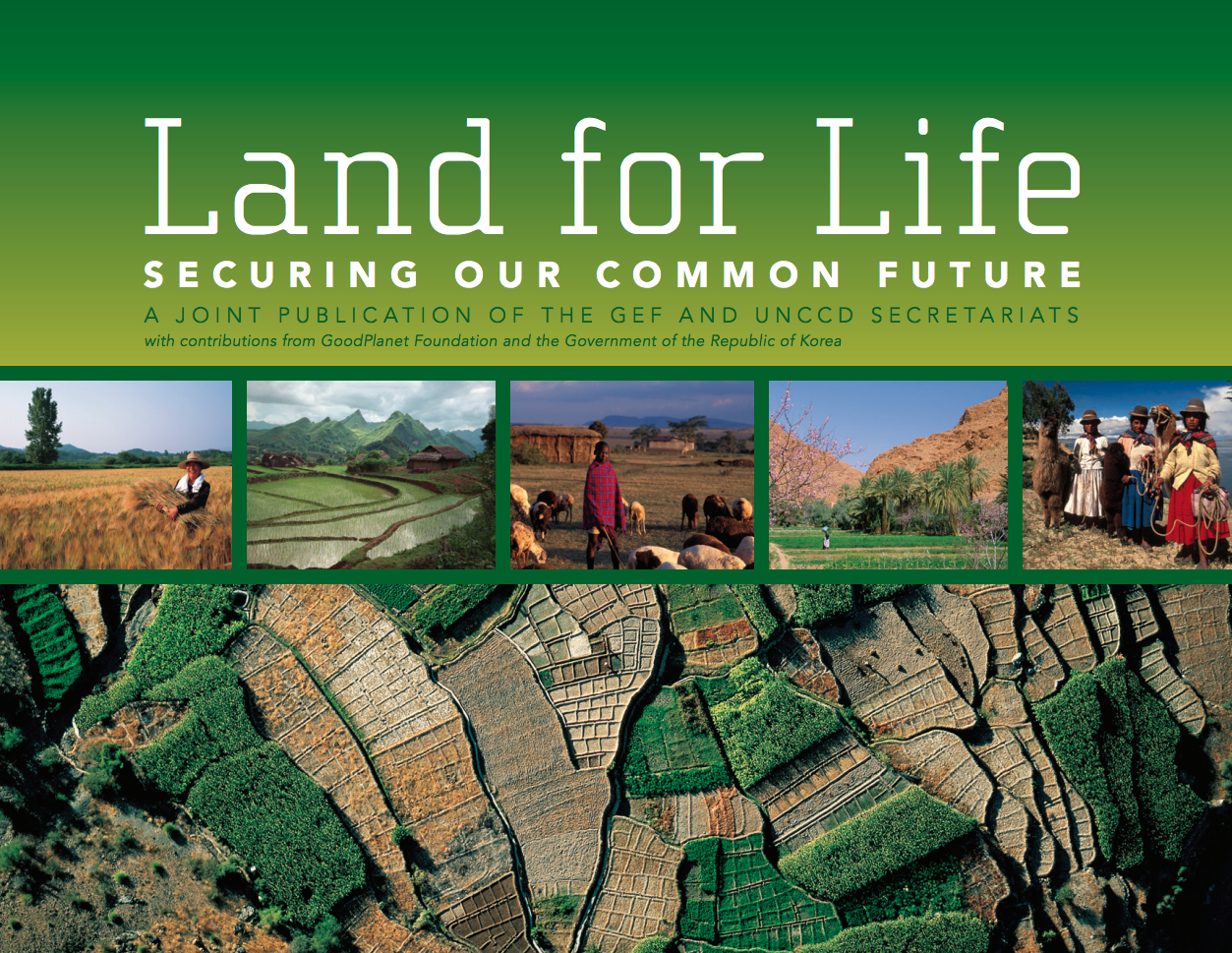Location
The Global Environment Facility (GEF) was established on the eve of the 1992 Rio Earth Summit, to help tackle our planet’s most pressing environmental problems. Since then, the GEF has provided $14.5 billion in grants and mobilized $75.4 billion in additional financing for almost 4,000 projects. The GEF has become an international partnership of 183 countries, international institutions, civil society organizations, and private sector to address global environmental issues.
The GEF’s 18 implementing partners are: Asian Development Bank (ADB), African Development Bank (AFDB), Development Bank of Latin America (CAF), Conservation International (CI), Development Bank of Southern Africa (DBSA), European Bank for Reconstruction and Development (EBRD), Foreign Economic Cooperation Office - Ministry of Environmental Protection of China (FECO), Food and Agriculture Organization of the United Nations (FAO), Fundo Brasileiro para a Biodiversidade (FUNBIO), Inter-American Development Bank (IDB), International Fund for Agricultural Development (IFAD), International Union for Conservation of Nature (IUCN), United Nations Development Programme (UNDP), United Nations Environment Programme (UNEP), United Nations Industrial Development Organization (UNIDO), West African Development Bank (BOAD), World Bank Group (WBG), World Wildlife Fund U.S. (WWF).
The GEF serves as financial mechanism for the following conventions:
- Convention on Biological Diversity (CBD)
- United Nations Framework Convention on Climate Change (UNFCCC)
- Stockholm Convention on Persistent Organic Pollutants (POPs)
- UN Convention to Combat Desertification (UNCCD)
- Minamata Convention on Mercury
- The GEF, although not linked formally to the Montreal Protocol on Substances That Deplete the Ozone Layer (MP), supports implementation of the Protocol in countries with economies in transition.
The GEF administers the LDCF and SCCF which were established by the Conference of the Parties (COP) to the UNFCCC. The GEF also administers the Nagoya Protocol Implementation Fund (NPIF) that was established by the Convention on Biological Diversity (CBD). In addition, the GEF Secretariat hosts the Adaptation Fund Board Secretariat.
Members:
Resources
Displaying 21 - 25 of 41Sahel and West Africa program in support of the Great Green Wall Initiative. To expand Sustainable Land and Water Management in Targeted Landscapes and Climate Vulnerable Areas
Sahelian Africa faces a persistent problem of variability in rainfall, which is the major driver of vulnerability in the region. Populations in the Sahel are among the poorest and most vulnerable to climatic variability and land degradation. They depend heavily on healthy ecosystems for rainfed agriculture, fisheries, and livestock management to sustain their livelihoods. This program is one of the contributions to the Great Green Wall Initiative.
La terre, source de vie: Préserver notre avenir commun
La terre — une ressource vitale pour la population mondiale
La terre, source de vie: Préserver notre avenir commun
La terre — une ressource vitale pour la population mondiale
Land for Life: Securing Our Common Future
Land is the foundation for all life-sustaining processes on Earth. Through its physical, chemical, and biological attributes, land underpins a wide range of ecosystem goods and services that humanity depends on for survival.
Land for Life: Securing Our Common Future
Land is the foundation for all life-sustaining processes on Earth. Through its physical, chemical, and biological attributes, land underpins a wide range of ecosystem goods and services that humanity depends on for survival.




